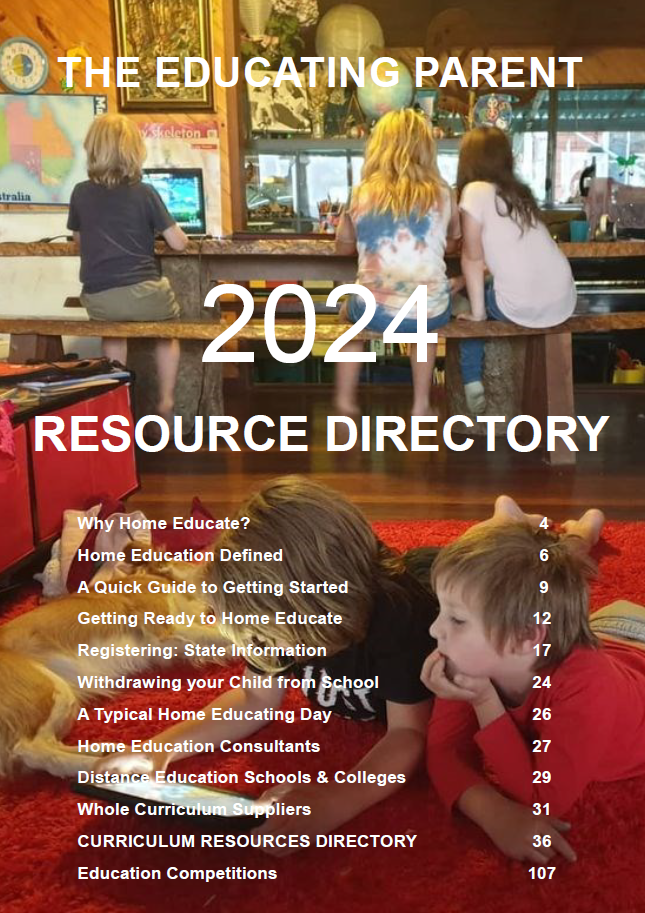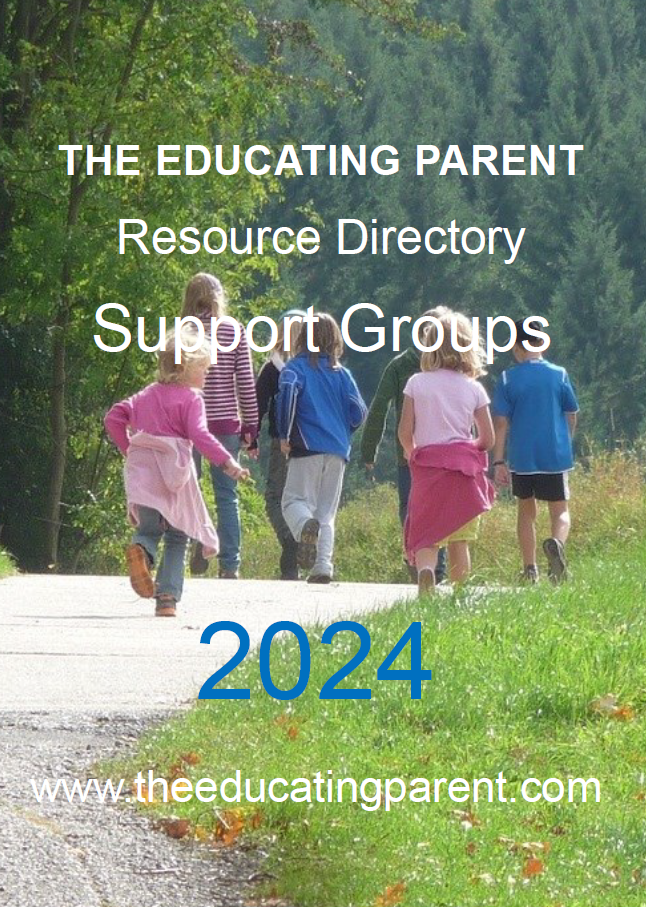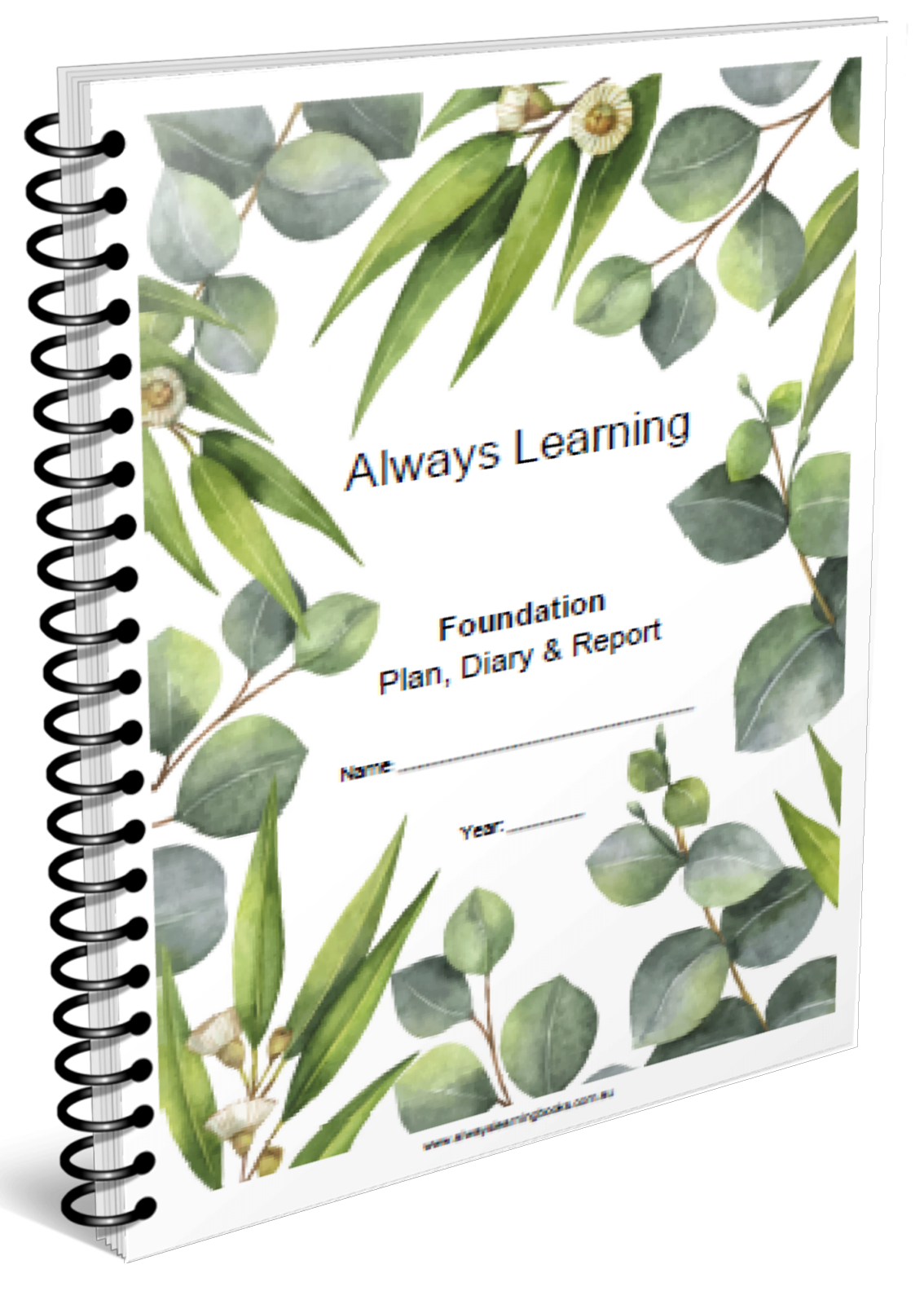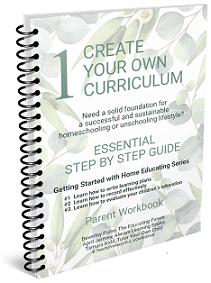|
Routines, Resources and Structure in our Natural Learning Approach to Home Education
By Beverley Paine, 2004
Following a learning naturally approach to education doesn't lend itself easily to establishing routines, other than those we naturally use in everyday life. These tend to revolve around getting up, eating, and fitting our activities in and around outings and work commitments. We've always encouraged self reliance and independence, so my daily routine doesn't necessarily coincide with the children's. We each get up, have breakfast and lunch according to our individual needs. Sometimes these coincide, but we always eat dinner together, and generally watch television and videos together.
But they aren't strictly educational activities! In thinking about this topic I considered what has stayed constant in our lives over our fifteen year homeschooling adventure. Our lives are governed by an underlying structure, a well developed organised physical environment. I am a great one in believing that if the foundations are right the resulting structure will be self supporting. With this in mind I created a learning environment that basically became the curriculum!
I guess you could say I used the 'learning centre' approach in the early years. First of all these complemented learning from books, but they soon took over completely. For four years we lived in a small, double garage while we were building and I found the learning centre approach invaluable, as it helped me to stay focussed and organised.
Our learning centres are essentially boxes and deep plastic trays in which I keep various learning materials related to broad curriculum areas or areas of interest. Many are still in existence today.
We have a "science stuff" box, which holds lots of interesting things, like clear plastic tubing, paper filters, silly putty, slinky springs and so on. Then there is the "natural history" box, full of delicate frog and sea dragon skeletons, fossils, driftwood, interesting shells and seaweed, small rock specimens, leaves, dead beetles and other amazing things. There is box of magnets and other related items for investigating magnetism. And one for prisms, magnifying glasses, microscopes and so on. We have an "electronics" box, that houses the Dick Smith Electronic Kit plus a whole heap of components from broken appliances and toys.
For many years we had a huge box called the "junk box". Other people have used old cardboard washing machine boxes, but ours was plastic, given to us by my father. I remember Roger falling asleep in the box when he was two! We'd put any packaging item from the kitchen into this box, toilet roll tubes, corks, scraps of foam and rubber, fake fur off cuts, bottle tops. Anything the kids could use to turn into boats, cars, dolls furniture, space ships.
Nearby was a shelf full of paper craft items - a tray for coloured paper of varying types and thicknesses; a tray for coloured, foil coated or white card in many shapes and sizes; a tray for tissue paper and cellophane; and a tray for glitter, stars, gummed shapes - all those things that kids love to past on paper and card! This shelf was topped by a whole array of tapes, glues, staples - anything you could use to fix paper to card or anything else!
Then there were there was the "miscellaneous craft" tray - that took anything that didn't fit into any other category. Those other categories included a sewing tray, embroidery box, knitting and wool tray - I'm sure there were more! I know we also had an ice cream box collection - full of things like buttons, beads, wooden beads, toothpicks, coloured and plain matchsticks, coloured and plain pop sticks, raffia, carving tools, coin collection and so on.
We had a maths area too - but all of our mathematical things couldn't fit into one box so we had a shelf dedicated to them. M.A.B. blocks, cuisennaire blocks, tessellating blocks, clock dominoes, number square, peg board, number line, bingo games, Mortensen maths manipulatives, set squares, rulers and calculators, abacus, fraction game, clock - a lot of these things were home made.
The children even had their trays for their folders and work books. Later these changed to upright box files that fitted on the shelf with all the reference and curriculum books.
Every thing was arranged so that the children could easily access anything they needed or wanted without needing much help or direction. Labels featured prominently. But then again, everything in the house was labelled to encourage early reading!
We had two six foot bookshelves totally full of picture books and novels, encyclopedia, dictionaries and reference books. The photograph albums were always handy too. The books have found themselves scattered all over the house now - our home is no longer one crowded room, but rambles over two buildings!
When we got a computer it had its own very well organised corner too. Now we have an office dedicated to three computers, where three people can work very comfortably - once again with everything in easy reach. The only thing that is missing is an automatic coffee maker!
I've found that this very busy, but organised, environment lends itself to encouraging learning activities. To keep the flow of activities happening I simply needed to keep an eye on what materials needed replacing and which new ones were needed to add that extra spark of stimulation. The creation of this learning environment was a deliberate effort, but took years to perfect. I responded as much to the children's needs taken from my close observation of them as I did my own needs.
In all this I haven't mentioned the external environment. Outside play was a huge feature of my children's lives. I made sure the sandpit was huge, with opportunity for really great water play by lining it with plastic before the sand went in! Swings, cubbys, balancing bars and logs, steps, slippery dip, bike track, flower and vegetable gardens - these are a part of our built outside environment. Over the years we've engaged in a lot of tree and shrub growing so we now have our own one acre forest. There's a seldom used underground cubby among those trees now! Not everyone can duplicate this idyllic country existance, but I've seen suburban gardens full of the same kinds of exciting and interesting play opportunities.
Even now, with teenagers, I tend to follow this approach to education. Making sure the materials are there for the kids to use, making sure they have the time they need to explore those materials; making sure either Robin or myself is available to answer questions, demonstrate, watch or just sit and talk about the activities the children engage in.
I learned about the importance of providing a stimulating and rich environment when April was at playgroup, which was held in the local kindergarten. I was very impressed with how the children naturally moved from area to area, often staying and creating or playing for hours. It seemed very sensible to me and I wondered if access to this kind of learning environment was continued throughout childhood how it would affect how children learn.
I am very happy with the results.

Was this article helpful? Was it worth $1.00 to you?
Your gift of $1 or more helps to keep this site operating
offering encouragement
and reassurance to families
wanting
better outcomes for their children.


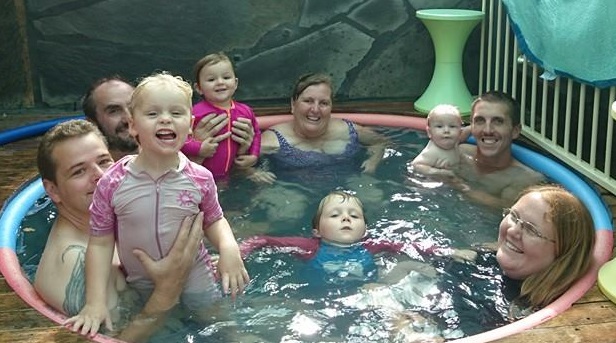
Beverley Paine with her children, and their home educated children, relaxing at home.
Together with the support of my family, my aim is to help parents educate their children in stress-free, nurturing environments. In addition to building and maintaing this website, I continue to create and manage local and national home educating networks, help to organise conferences and camps, as well as write for, edit and produce newsletters, resource directories and magazines. I am an active supporter of national, state, regional and local home education groups.
"You've been an inspiration to me, I love the way
you really listen to people." Vanessa
"Whenever I read your writing I always come away
with increased confidence in my ability to provide and
share a wonderful learning journey with my family!" Davina
"Your guidance, understanding, support and words of
wisdom changed our lives. We now offer support and
organise many homeschooling events for others." Lesley
"Thank you once again for your prompt and friendly service.
I am convinced that your books are going to add
quality and peace of mind to my journey of teaching my kids
at home! Just from studying your website, until almost
2am
in the morning, I 've been encouraged!" Louisa
"Thank you for all your many,many reassuring words
over many, many years. You probably don't know exactly how
valuable you are to the Australian Home Education community.
I've been reading your stuff for maybe 8 years or more now.
And I'm very grateful." Gythaa


Want to learn how to write your own education plans
to suit your unique children's individual learning needs?
Or you are looking for quality curriculum and teaching tips...
Comprehensive 3 workbook 'how to home ed' course
covering the essential skills you need
successfully home educate your children

|
|
Welcome to the World of Home Education
and Learning without School!
We began educating our children in 1985, when our eldest was five. In truth, we had helped them learn what they need to learn since they were born. I am a passionate advocate of allowing children to learn unhindered by unnecessary stress and competition, meeting developmental needs in ways that suit their individual learning styles and preferences. Ours was a homeschooling, unschooling and natural learning family! There are hundreds of articles on this site to help you build confidence as a home educating family. We hope that your home educating adventure is as satisfying as ours was! Beverley Paine
3 ESSENTIAL STEP BY STEP GUIDES
Let experienced home educators Beverley, Tamara and April walk you through HOW to create a learning plan that builds on solid foundations that works for YOUR family AND ticks all the boxes for home educaton registration!
|
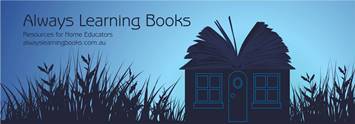
Tap into Beverley's
experience
through her books
"Your books, your blogs helped me beyond words... they helped me to find comfort in knowing it is ok to choose exactly what is best for my family." Nisha
"Your books and information are mind blowing and already I am feeling good about this new experience." Diane
"Your guidance, understanding, support & words of wisdom changed our lives." Leslie
"I feel specially inspired by Beverley's words and, the more I read her comments, the more inspired I feel, since my need for support, respect for different parenting styles, and information are fully met." Marijo
|
 |
|

The information on this website is of a general nature only and is not intended as personal or professional advice. This site merges and incorporates 'Homeschool Australia' and 'Unschool Australia'.
The Educating Parent acknowledges the Traditional Aboriginal and Torres Strait Islander Owners, the Custodians of Australia, and pay our respects to Elders past and present and extend that respect to Aboriginal and Torres Strait Islander people viewing this website.

Advertise on this site.
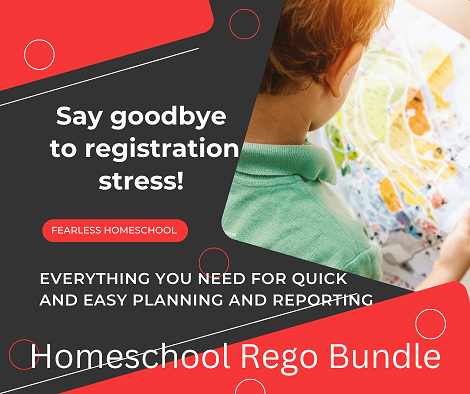
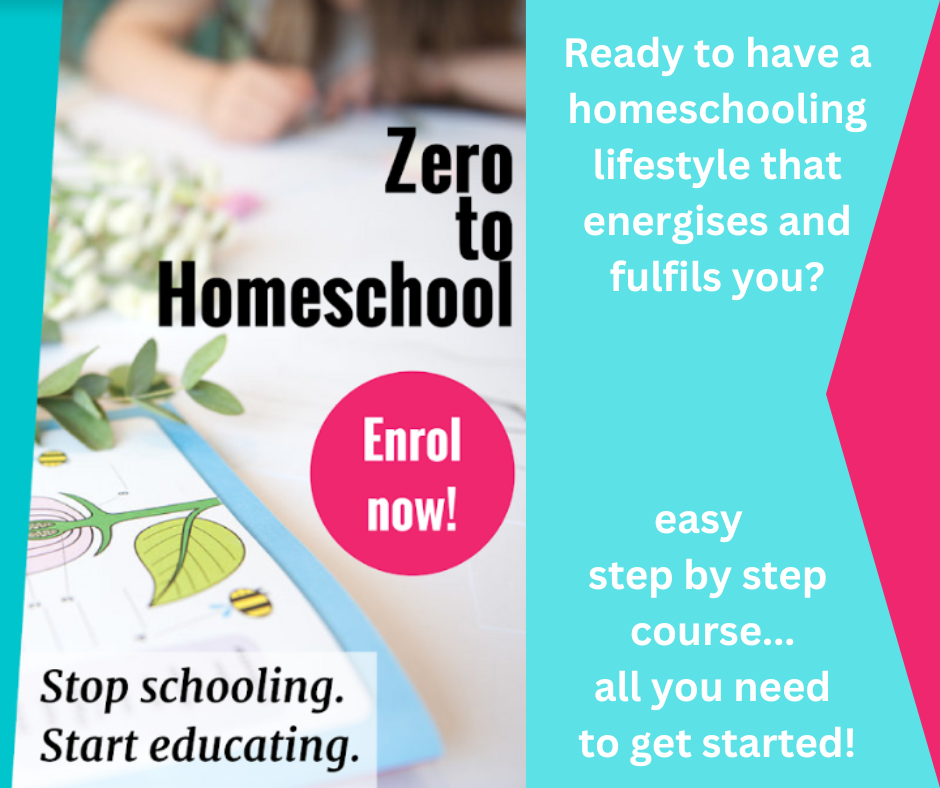






Home education is a legal alternative
to school education in Australia.
State and Territory governments are responsible
for regulating home education and have different
requirements, however home educating families
are able to develop curriculum and learning programs
to suit the individual needs of their children.

Without revenue from advertising
by educational suppliers and Google Ads
we could not continue to provide information
to home educators. Please support us by letting
our advertisers know that you found them on
The Educating Parent. Thanks!
|
![]() About
About
![]() Blog
Blog
![]() Articles
Articles
![]() Curriculum
Curriculum
![]() Resource Directory
Resource Directory
![]() Shop
Shop
![]() Facebook
Facebook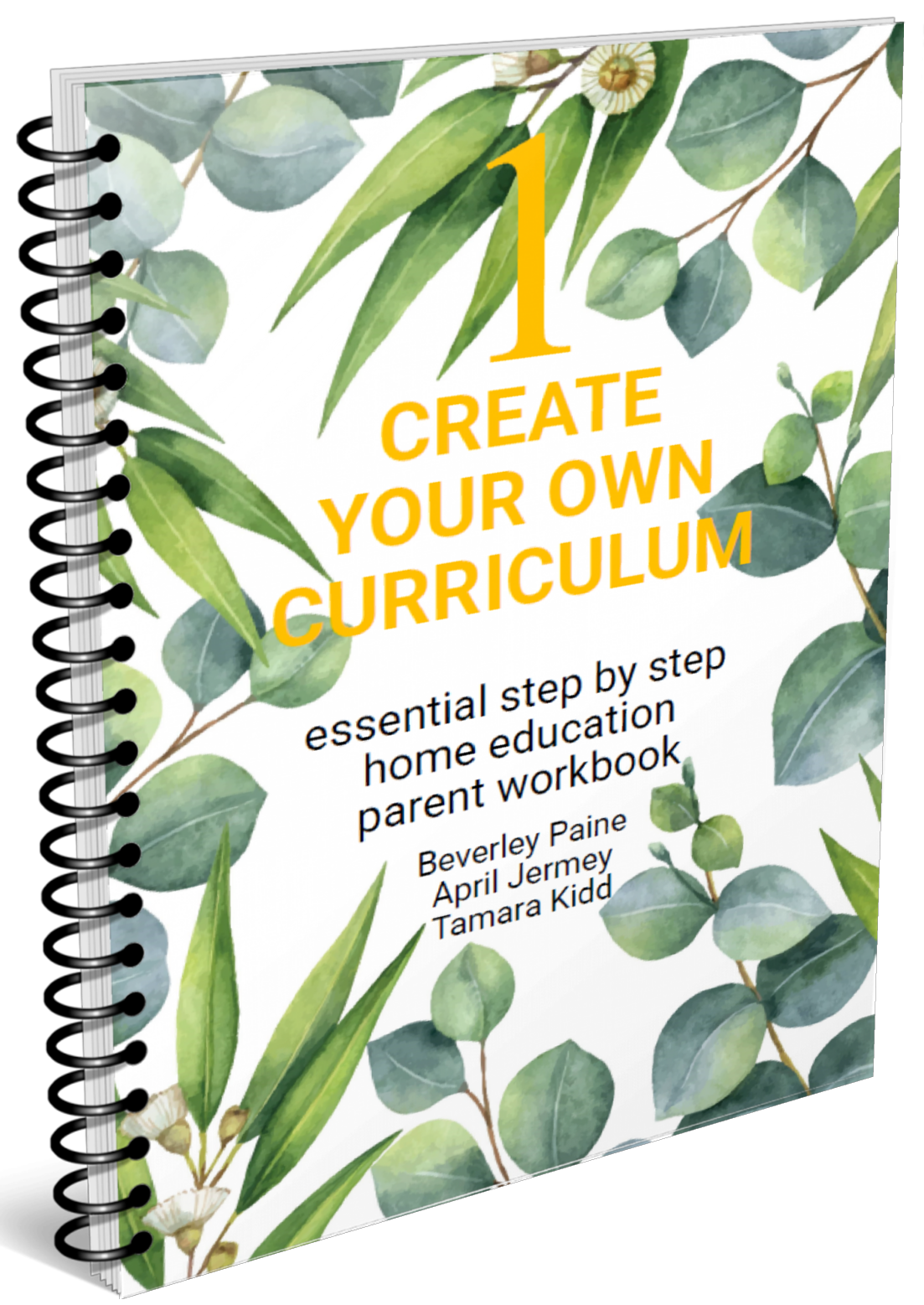
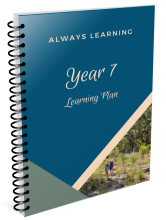
![]() SA
SA ![]() VIC
VIC ![]() NSW
NSW ![]() QLD
QLD ![]() TAS
TAS ![]() ACT
ACT ![]() NT
NT ![]() NSW
NSW ![]() QLD
QLD ![]() SA
SA ![]() WA
WA ![]() TAS
TAS ![]() ACT
ACT ![]() NT
NT 
